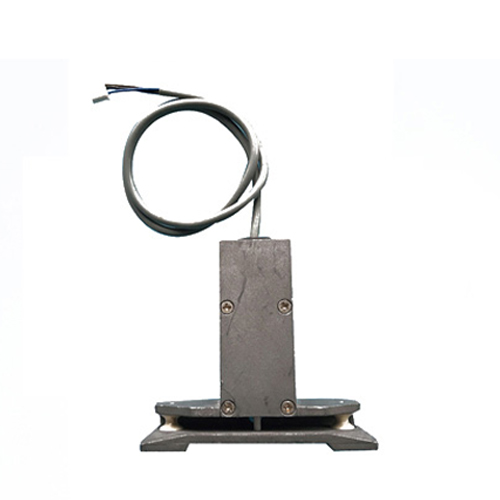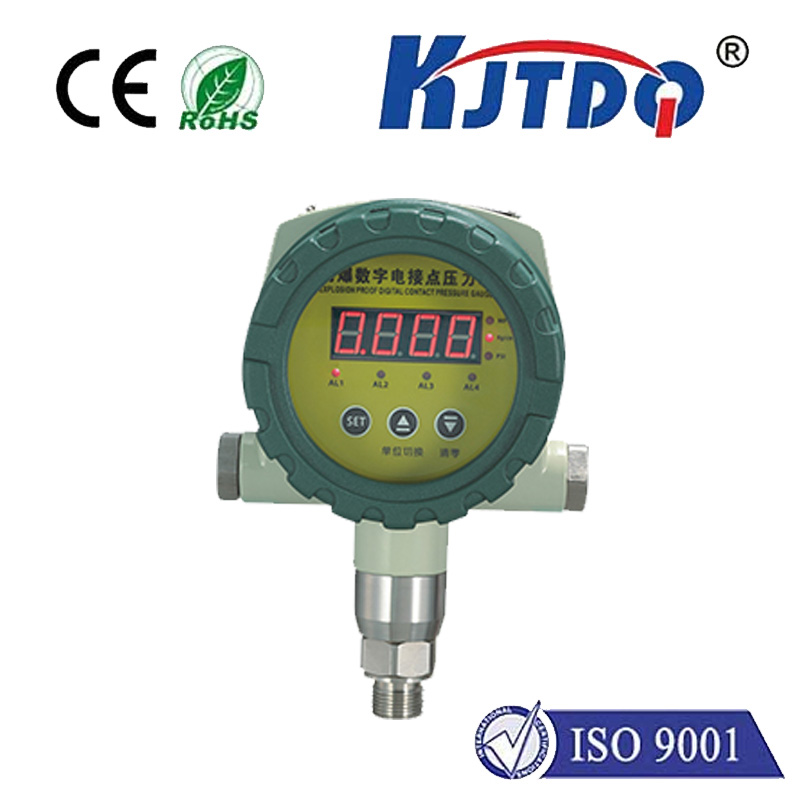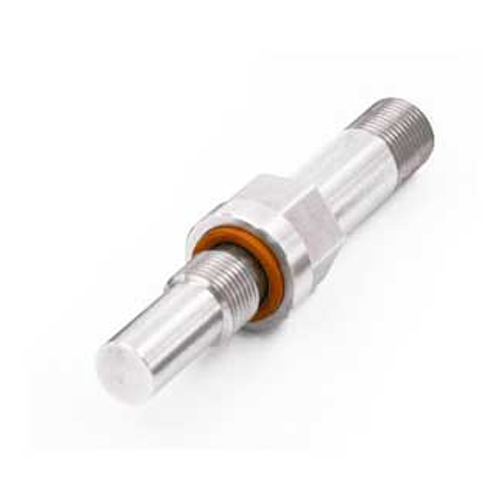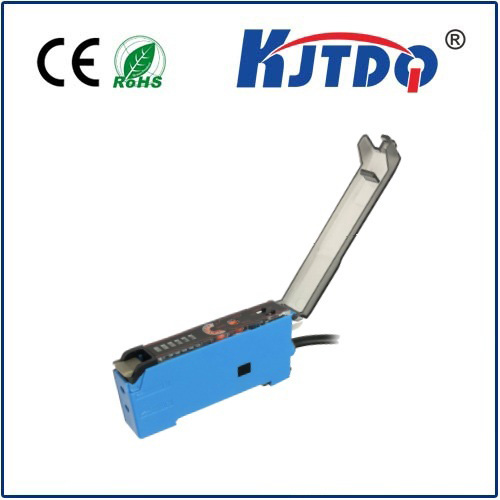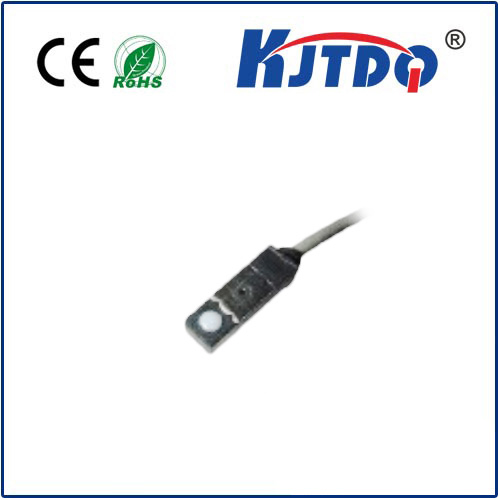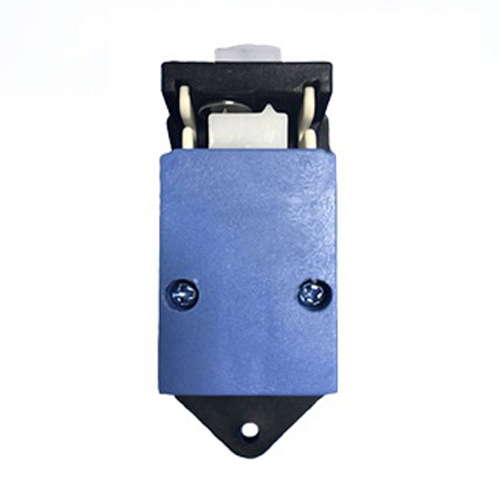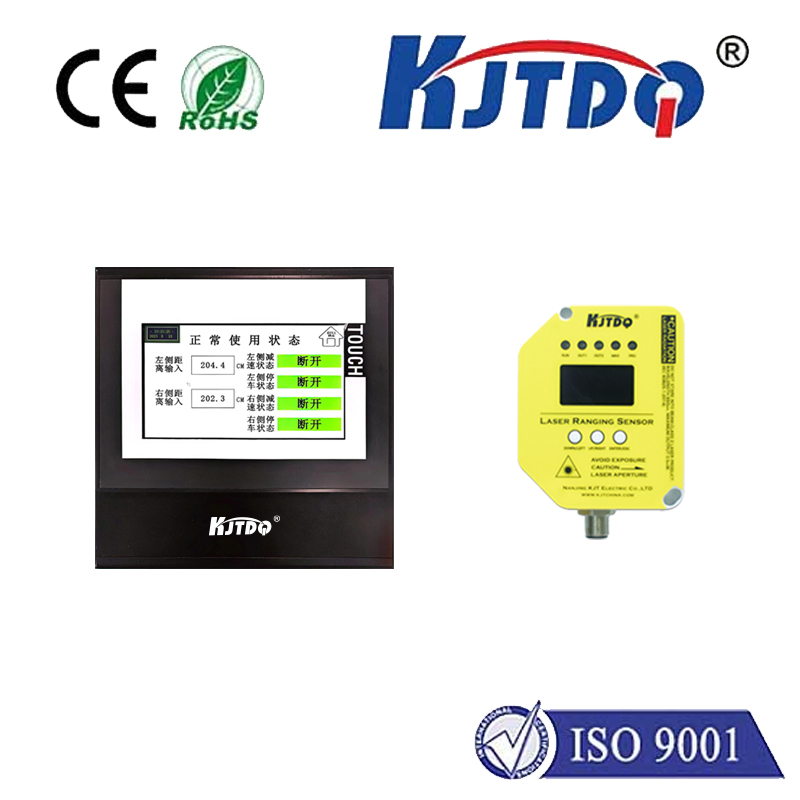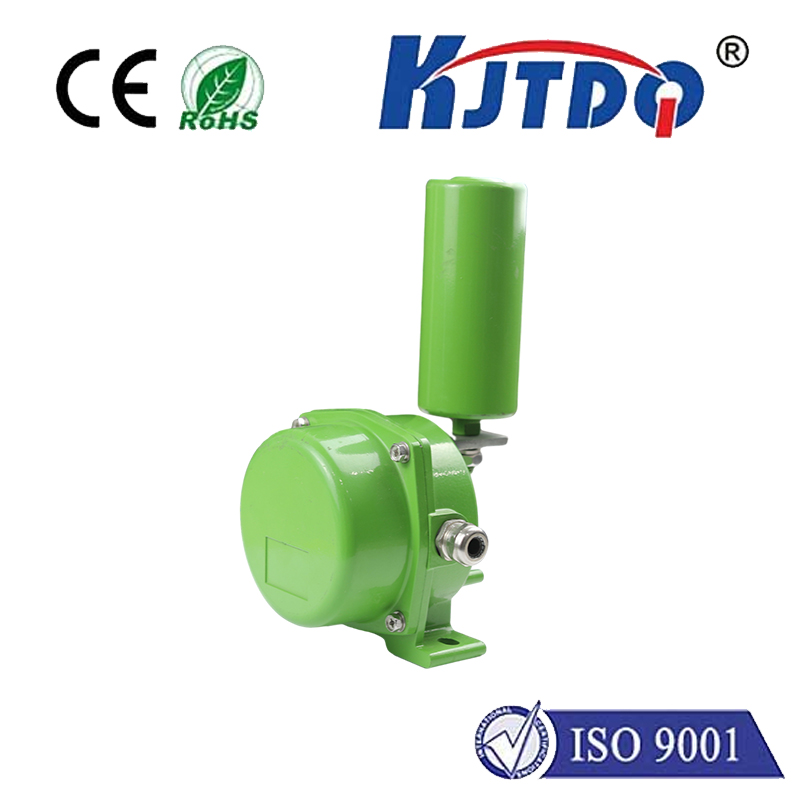hall effects sensor
- time:2025-06-14 03:13:03
- Click:0
Hall Effect Sensors: The Invisible Force Behind Modern Sensing
We live surrounded by invisible forces that profoundly shape our technology. Among the most crucial is magnetism, and the ingenious device that translates its unseen presence into tangible electrical signals is the Hall effect sensor. These remarkable components are fundamental building blocks in countless applications, from the smartphone in your pocket to the electric vehicle on the road, offering reliable, contactless detection in demanding environments.
Understanding the Core: The Hall Effect Principle
The magic behind these sensors stems directly from the Hall effect, discovered by Edwin Hall in 1879. The core phenomenon is elegantly simple: when an electrical current flows through a conductor (or semiconductor) and a magnetic field is applied perpendicular to this current, a voltage difference arises across the conductor, perpendicular to both the current and the magnetic field. This generated voltage is known as the Hall voltage.
Hall effect sensors capitalize on this physical principle. They are typically constructed using thin layers of semiconductive material (like gallium arsenide or indium antimonide) formed into a specific pattern optimized for sensitivity. When exposed to a magnetic field, the Lorentz force acts on the moving charge carriers (electrons or holes), deflecting them towards one side of the sensor, creating the measurable Hall voltage.
Types and Outputs: Digital vs. Analog

Hall sensors primarily come in two functional flavors, distinguished by their output signal:
- Digital Hall Effect Sensors: These are essentially magnetic switches. They incorporate a built-in Schmitt trigger circuit. When the applied magnetic flux density crosses a predefined threshold (either North or South pole depending on type), the sensor’s output abruptly switches state – from high to low voltage or vice-versa. These are perfect for proximity sensing, position detection (e.g., detecting an open/closed laptop lid, smartphone flip cover), speed sensing (counting gear teeth or fan blades passing a magnet), and end-stop detection.
- Analog Hall Effect Sensors: These provide a continuous output voltage that is proportional to the strength and polarity of the applied magnetic field. The output voltage increases linearly (within the sensor’s specified range) as the magnetic flux density increases, and it reverses polarity if the magnetic field direction reverses. This makes them ideal for applications requiring precise magnetic field measurement, current sensing (via the field generated by a current-carrying conductor), non-contact angle or linear position sensing with gradients, and fluid level sensing.
Ubiquitous Applications: Where Hall Sensors Thrive
The unique advantages of Hall effect sensors drive their adoption across diverse industries:
- Automotive: Revolutionizing vehicle systems:
- Anti-lock Braking Systems (ABS): Measure wheel speed by sensing the rotation of toothed rings.
- Electronic Power Steering (EPS): Detect steering wheel position and torque input.
- Transmission & Engine Management: Monitor gear position, crankshaft/camshaft position, and throttle position.
- Electric Vehicles (EVs): Crucial for current sensing in battery management systems and motor controllers.
- Door, Trunk, Hood Ajar Detection.
- Industrial Automation & Robotics:
- Position & Proximity Sensing: Detecting the presence or precise location of machine parts, tools, or products without physical contact.
- Flow Metering: Measuring fluid flow rates using magnetic paddlewheels.
- Speed Monitoring: Tracking conveyor belt speeds or motor RPM.
- Limit Switches: Contactless end-of-travel detection.
- Consumer Electronics:
- Smartphones & Tablets: Detecting flip covers or cases (sleep/wake function).
- Laptops: Sensing lid closure.
- Brushless DC (BLDC) Motors: Essential for commutation control in fans, drones, power tools, and hard drives by sensing rotor magnet position.
- White Goods: Detecting drum position in washing machines, door closure in dishwashers and refrigerators.
- Medical Devices: Used in various pumps and diagnostic equipment where reliable, non-invasive sensing is critical.
- Current Sensing: By placing the sensor near a conductor, the magnetic field generated by the electric current can be measured, providing isolated current sensing solutions for power supplies, battery chargers, and industrial controls.
Why Choose Hall Effect Sensors? Key Advantages
The widespread use of Hall effect sensors isn’t accidental; they offer compelling benefits:
- Solid-State Reliability: No moving parts, leading to exceptional long-term reliability and resistance to mechanical wear and tear compared to electromechanical switches.
- Contactless Operation: Measurement occurs without physical contact with the target (usually a magnet), eliminating friction, bounce, and potential damage. This enables wear-free sensing.
- High-Speed Operation: Capable of detecting very high frequencies – ideal for fast rotational speed sensing or rapid switching applications.
- Durability: Resistant to environmental contaminants like dust, dirt, oil, and moisture. Many are available in robust, sealed packages.
- Wide Temperature Range: Operate reliably across broad temperature ranges, suitable for harsh industrial and automotive environments.
- Low Power Consumption: Especially digital variants, making them perfect for battery-powered devices.
- Solid-State Construction: Immune to issues like contact bounce or oxidation that plague mechanical switches.
Design Considerations: Maximizing Performance
While powerful, effective implementation requires attention to key factors:
- Magnet Selection: The choice of magnet (strength, size, type – ferrite, neodymium, etc.) and its orientation relative to the sensor significantly impact performance, sensitivity, and operating distance.
- Mounting Precision: Consistent and precise positioning between the sensor and the target magnet is crucial for accurate and reliable readings, especially for linear analog position sensing.
- Temperature Effects: Hall voltage can exhibit temperature dependence. Many modern sensors incorporate sophisticated temperature compensation circuits to mitigate drift. Selecting a sensor designed for the application’s temperature range is vital.
- Electrical Noise: Industrial environments are electrically noisy. Proper filtering and shielding of sensor connections are essential to prevent signal corruption. Good PCB layout practices are critical.
- Output Configuration: Decide between digital (switch-like) or analog (linear) output based on the required functionality. Ensure compatibility with the host microcontroller or circuitry.
- Power Supply Regulation: Stable power is necessary for consistent sensor output, especially for analog types where noise on the supply rail can directly affect the signal.
Conclusion
Hall effect sensors, harnessing a fundamental physical phenomenon discovered over a century ago, have become indispensable enablers of modern technology. Their unique ability to provide contactless, reliable sensing of magnetic fields translates into critical functions across automotive safety, industrial efficiency, consumer device convenience, and precise current measurement. As technology continues its relentless drive towards automation, electrification, and connectivity, the fundamental role of the Hall effect sensor in translating the invisible power of magnetism into actionable electronic signals will only grow more profound.













